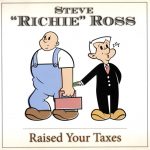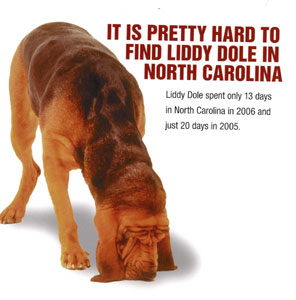Although television ads for the U.S. Senate race have been at saturation level since early summer, the traditional campaign season started just this month. Before long our mailboxes will be filled with postcards, letters, and flyers touting or demonizing one candidate or another. You may not love this, but we in the North Carolina Collection do. The North Carolina Collection attempts to document the heritage of the state—and that includes our politics. Would you save the political postcards, letters, and flyers that you receive and send them to the North Carolina Collection?
We’re interested in races at all levels—county sheriff to senator. We would like our collection to be representative of the whole state, both geographically and ideologically. Those of you who are registered as independents are likely to get the most mailings. People who are registered with a party affiliation will get fewer, but many of us have family members or friends who are independents or whose politics differ from ours. Would you consider asking them for the mailings that they get? Whatever you collect can be put in a box or envelope and send them to:
North Carolina Collection
P.O. Box 8890
CB 3930, Wilson Library
University of North Carolina at Chapel Hill
Chapel Hill, NC 27515-8890
We collected over 1,400 pieces of campaign ephemera relating to the 2008 election and somewhat more than that in 2012. Let’s do it again!














